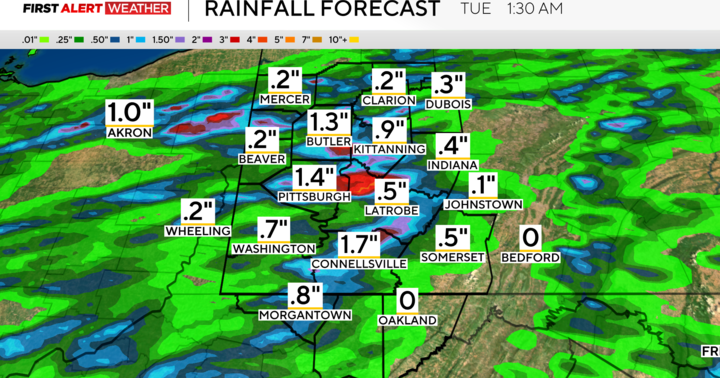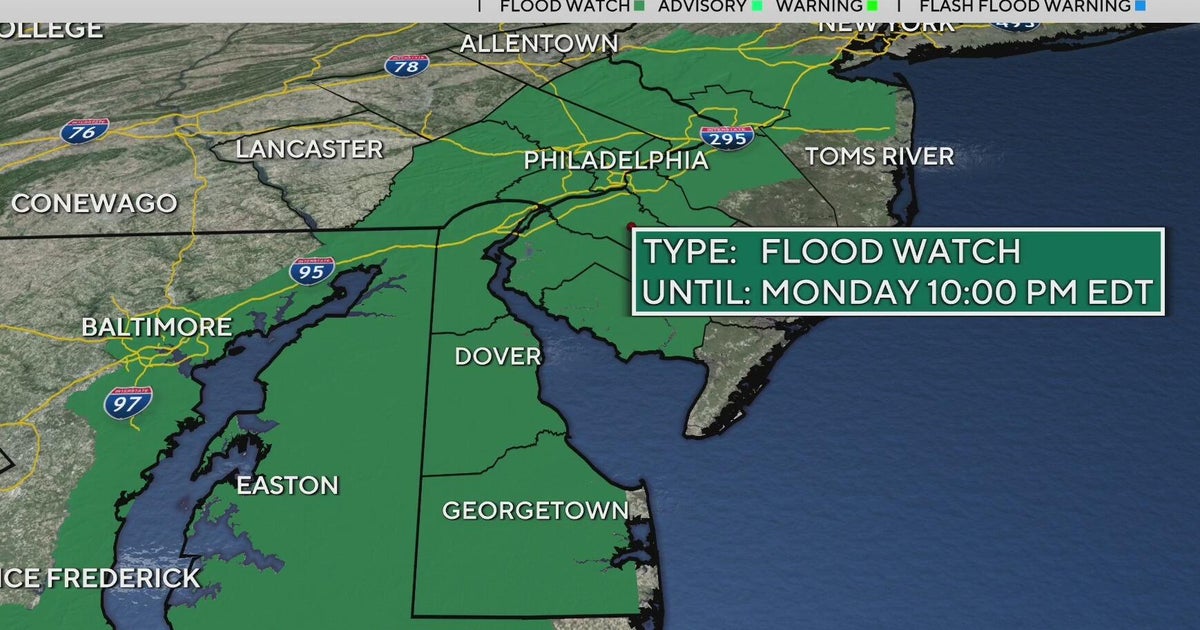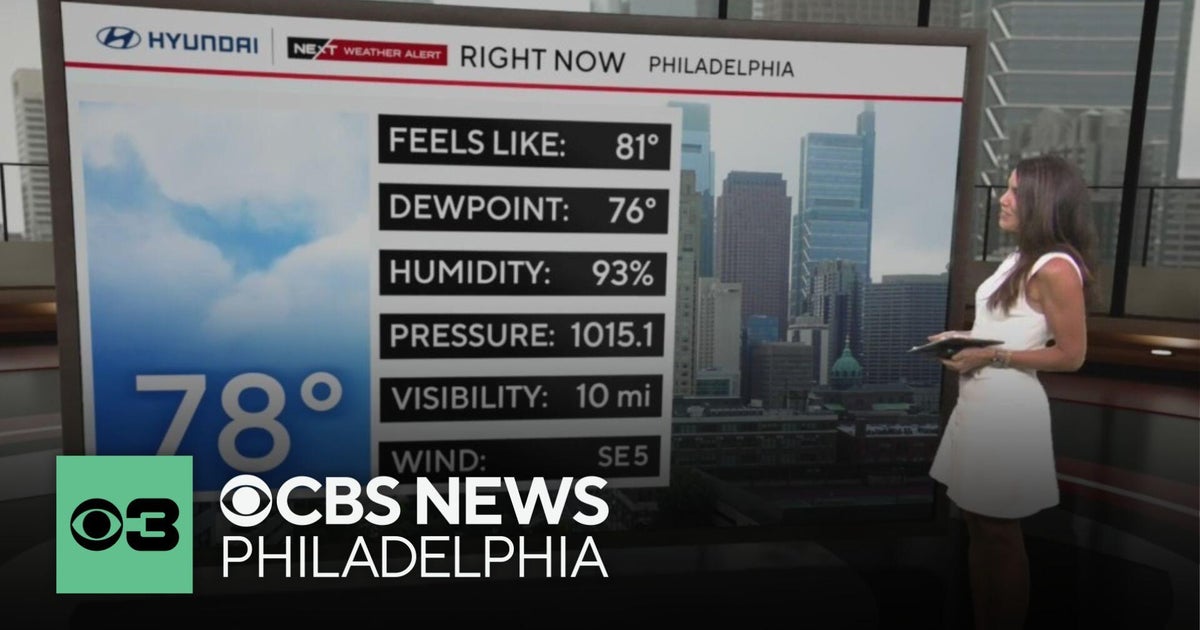For many countries, the reprieve they had from Trump’s eye-watering tariffs, which were implemented on April 2 and temporarily reduced to 10% a week later, may soon be coming to an end.
The 90-day pause, during which the Trump Administration pledged to negotiate deals with trading partners, expires on Wednesday, July 9, and Trump posted on Truth Social on Sunday night that the U.S. would start delivering “letters,” which is how the Administration refers to notices of tariff rates, “and/or deals” with various countries around the world at noon on Monday.
While Trump’s trade adviser Peter Navarro said in April that the Administration would deliver “90 deals in 90 days,” officials have lowered expectations in recent days. Treasury Secretary Scott Bessent and Commerce Secretary Howard Lutnick recently said they expect about 12 trade deals.
While there’s been some uncertainty around when tariff hikes will go into effect—White House National Economic Council Director Kevin Hassett told CBS on Sunday that “maybe things will push back past the deadline or maybe they won’t. In the end the President is going to make that judgment”—Lutnick told reporters outside the White House on Sunday: “Tariffs go into effect August 1, but the President is setting the rates and the deals right now.”
Still, Trump suggested some flexibility, telling reporters: “We’re going to have a combination of letters, and some deals have been made … I think we’ll have most countries done by July 9. Either a letter or a deal.”
Stephen Miran, the chair of the White House Council of Economic Advisers, said on ABC News that countries negotiating in good faith could “sort of, get the date rolled.”
“If you don’t move things along, then on August 1 you will boomerang back to your April 2 tariff level,” Bessent said on CNN on Sunday. “I’m not going to give away the playbook.”
Trump also warned in another Truth Social post on Sunday that countries “aligning themselves with the Anti-American policies of BRICS, will be charged an ADDITIONAL 10% Tariff. There will be no exceptions to this policy.” BRICS, an intergovernmental group of major emerging economies that includes Russia, China, and Iran, condemned tariffs at a Sunday summit.
Smaller trading partners, which were among the hardest hit by Trump’s so-called “reciprocal” tariffs, have largely been sidelined in negotiations, and U.S. officials have said they are likely to just send those countries “letters.” But experts have said even many major trading partners may not be able to reach deals in time, and the agreements that have been reached are more broad frameworks with details to be worked out later than concrete deals.
“We’re probably going to be sending some letters out, starting probably tomorrow, maybe 10 a day to various countries saying what they’re going to pay to do business with the U.S.,” Trump told reporters last Thursday. “We have a couple of other deals [to announce], but you know, my inclination is to send a letter out and say what tariffs they are going to be paying.”
Here’s what we know so far about the Trump Administration’s deals and negotiations with various countries so far.
Canada is hoping to reach an agreement by July 21. Trump initially cut off talks on June 27 over Canada’s proposed digital services tax, which Trump called “a direct and blatant attack on our Country.” Talks resumed after Ottawa said it was abandoning the policy—a move that White House Press Secretary Karoline Leavitt described as Canada having “caved.” Canada was exempt from Trump’s “reciprocal” tariffs but faced previously announced tariffs amounting to 25% on most goods.
Trump’s ambassador to Canada, Pete Hoekstra, said Friday that a deal would be reached with Canada, though he did not say when.
“Canada is one of our biggest trading partners,” Hoekstra said on Canadian outlet CTV News. “We’re going to have a deal that’s articulated.”
“We’re not going to send Canada just a letter,” he added.
China and the U.S. reached a deal in June that sets U.S. tariffs on Chinese imports at 55% and Chinese tariffs on American imports at 10%, after agreeing to a truce a month earlier that lowered escalating tit-for-tat tariffs from 145% on Chinese imports to 30% and 125% on American imports to 10%. The world’s two biggest economies also eased restrictions on de minimis packages and agreed to lift export controls, including the sale of certain chip design software and ethane to China and rare earth exports to the U.S.
The European Union wants to strike a trade deal “in principle” with the U.S. by July 9, European Commission President Ursula von der Leyen said last week. The E.U. initially faced a 20% “reciprocal” tariff.
“What we are aiming at is an agreement in principle,” von der Leyen said, noting that a detailed deal would be “impossible” before the deadline. “That is also what the U.K. did.”
E.U. Trade Commissioner Maros Sefcovic has reportedly been in talks with his U.S. counterparts, but progress around a possible deal has run into some roadblocks. The E.U. has said it will not budge on its strict regulations on social media and technology companies, for one. The 27-member bloc reportedly yielded to a 10% tariff on many of its exports but is seeking lower rates on key sectors, including pharmaceuticals, alcohol, and semiconductors, as well as quotas and exemptions to reduce higher tariffs on autos and metals—which are tariffed separately at 25% and 50%.
India is one country that may reach a deal with the U.S. before the deadline, averting Trump’s 27% “reciprocal” tariff rate for the country’s exports. Trump said recently that “a very big” deal with India would come soon, and India’s trade negotiators extended their stay in the U.S. to continue talks through last week. An interim trade deal will likely be finalized before the deadline, unnamed sources told Indian media outlet NDTV.
Still, both sides have toughened their positions on certain key issues. The U.S. wants India to open its market to genetically-modified crops and import more dairy, almonds, soybeans, and other agricultural products from the U.S., while India has been reluctant to lower protections for its domestic farmers. India is willing to lower tariffs on walnuts, fruits, medical devices, autos, and energy products, a source familiar with the negotiations told Reuters, and it has sought concessions on Indian steel and auto parts as well as fabrics and apparel.
Trump has cast doubt over reaching a deal with Japan anytime soon, which faced an initial tariff of 24%. Progress in negotiations has been stymied by disagreements over Japan’s protections for its politically important domestic rice industry. Trump officials have suggested that Japan tariffs foreign rice at a rate over 700%. In fact, Japan imports 770,000 metric tons of rice every year without any tariffs, around half of which comes from the U.S. Above that, Japan imposes a tariff of ¥341 (about $2.30) per kilogram.
“To show people how spoiled Countries have become with respect to the United States of America, and I have great respect for Japan, they won’t take our RICE, and yet they have a massive rice shortage,” Trump posted on Truth Social last Monday. “In other words, we’ll just be sending them a letter, and we love having them as a Trading Partner for many years to come.”
Trump told reporters last Tuesday that Japan ought to “pay 30%, 35% or whatever the number is that we determine.” Japan initially faced a “reciprocal” tariff of 24%. “I’m not sure we’re going to make a deal. I doubt it with Japan, they’re very tough. You have to understand, they’re very spoiled,” he added.
Japan’s Prime Minister Shigeru Ishiba, however, said on Thursday evening, “talks are steadily but undoubtedly moving forward. There are a wide range of areas including non-tariff barriers that are being covered, but the talks on each of these points are progressing, step by step.”
Talks are also limited by uncertainties around obtaining a deal on autos and metals. Tariffs on both the auto industry and steel and aluminium are subject to pending Commerce Department investigations, which makes negotiating a trade deal without knowing the outcome of those probes challenging. Moreover, Trump has signalled an unwillingness to budge on the 25% auto tariff that would hit Japan’s export economy hard.
“We give Japan no cars, they won’t take our cars, and yet we take millions and millions of their cars into the United States,” Trump said on Fox News. “It’s not fair.”
South Korea has said it would seek an extension on Trump’s July 9 deadline. South Korean President Lee Jae Myung said Thursday that “it’s still not clear to each side what the other side wants.”
South Korea says it imposes “close to 0” tariffs on the U.S. under a free-trade agreement, with an effective tariff rate of around 0.79%. Trump has said South Korea imposes a tariff “four times higher” than the U.S., and he initially set the “reciprocal” tariff rate for the country at 26%. Trump has also complained that the U.S. has given South Korea, a key U.S. ally, “so much help militarily” in stationing 28,500 U.S. troops in South Korea to protect against the North.
South Korea’s Trade Minister Yeo Han-koo met with U.S. Trade Representative Jamieson Greer in Washington on Saturday, proposing a “mutually beneficial” manufacturing partnership in a last-ditch effort to avoid Trump’s tariffs. As a major exporter of cars and steel, South Korea is also vulnerable to Trump’s separate auto and metals tariffs, which the country is seeking to avoid completely.
Thailand said it expects to reach a tariff deal with the U.S. before the deadline and said it is aiming for more favorable rates than the deal the U.S. recently reached with Vietnam because it has a smaller trade deficit with the U.S. than Vietnam does. “Vietnam’s agreement serves as a benchmark,” Poj Aramwattananont, Thailand’s Chamber of Commerce head, said, according to the Bangkok Post.
Thailand has made a revised proposal with concessions towards reducing its trade surplus with the U.S. by 70% within five years, Finance Minister Pichai Chunhavajira told Bloomberg on Sunday. Thailand initially faced a 36% “reciprocal” tariff.
Thai negotiators met with U.S. counterparts for in-person trade talks for the first time last week, although officials have had several rounds of online discussions ahead of their visit to Washington. Thailand has proposed reducing tariffs on the U.S., promised to buy more American products, and vowed to crack down on trade fraud.
The U.K. and the U.S. signed a deal in June, which brought U.S. tariffs on British cars down to 10% from 27.5% and removed tariffs on British aircraft engines and parts. Some details of the deal, though, are not yet finalized, and the two countries are still hammering out an agreement around metals imports.
The U.S. and Vietnam announced a deal on July 2, which would tariff Vietnamese exports to the U.S. at a 20% rate, as opposed to the initial 46% “reciprocal” tariff. Goods deemed to be transshipped, however, will be tariffed at a 40% rate in a measure indirectly targeting China, which has rerouted products through Vietnam to get around past U.S. import duties. In exchange, Vietnam agreed to having no tariffs on U.S. imports, Trump said.
How exactly transshipments will be determined has not yet been made clear, and the deal so far does not make mention of industry-specific tariffs on cars and metals. Vietnam said Thursday that its negotiators are in the process of finalizing the details of the agreement with the U.S., while Bessent said the deal was “finalized in principle.”







_1751880097.jpeg)




